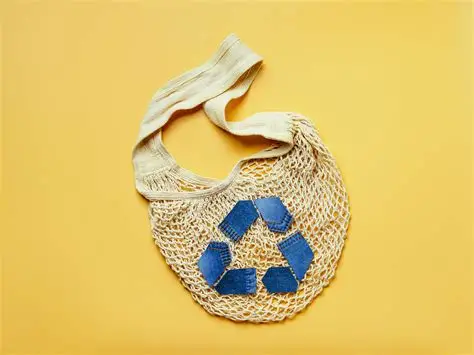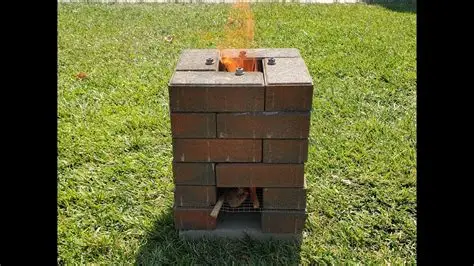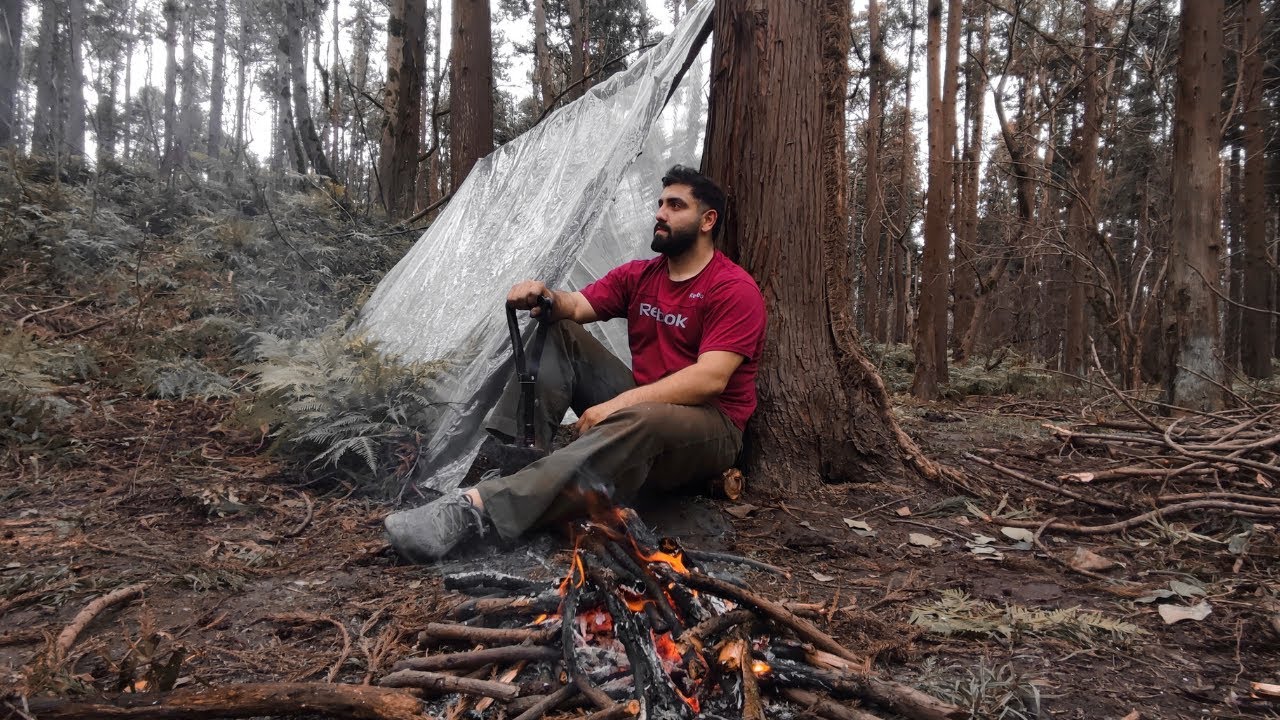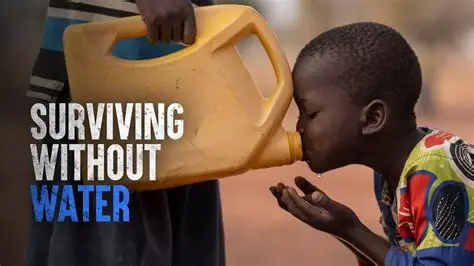In a world where resources might be scarce or supply chains disrupted, your ability to reuse and recycle becomes a cornerstone of survival. This isn’t just about being environmentally conscious; it’s about making the most of every single item at your disposal to meet your basic needs for shelter, water, food, warmth, and security.
Step 1: Cultivate a Survivalist Mindset: “Waste Not, Want Not”
The first and most critical step is to shift your perspective on what constitutes “waste.” In a survival situation, very few things are truly useless. Every discarded item has potential.
- Observe Everything: Look at every piece of “trash” with an inquisitive eye. What is it made of? What are its properties (flexible, rigid, sharp, waterproof, absorbent)? How was it originally used, and how might those properties be repurposed?
- Think Beyond Original Purpose: A plastic bottle isn’t just for holding water; it can be a filter housing, a funnel, a makeshift scoop, or even part of a small greenhouse. An old tin can isn’t just a food container; it can be a cooking pot, a stove, or a lantern.
- Embrace Imperfection: Your recycled survival tools won’t be pristine or factory-made. Functionality trumps aesthetics. A patched-up tarp made from fused plastic bags is a success if it keeps you dry.
Step 2: Categorize and Store Potential Resources
Before you can reuse or recycle, you need to know what you have. Develop a system for collecting and categorizing common discarded materials.
- Plastics:
- Bottles (PET, HDPE): Water bottles, soda bottles, milk jugs. These are excellent for water storage, purification systems, and making small containers or scoops.
- Bags (LDPE): Grocery bags, trash bags. Ideal for collecting water, improvised tarps, ponchos, rope (when braided), and even insulation.
- Containers (PP, PS): Yogurt cups, butter tubs, detergent bottles. Can be used for small storage, planters, or as molds.
- Metals:
- Tin Cans: Food cans (soup, vegetables). Perfect for cooking, boiling water, creating stoves (hobo stove, alcohol stove), or signal devices.
- Aluminum Foil: From food packaging or even old mylar balloons. Highly versatile for cooking (wrapping food for fire cooking), signal mirrors, and temporary repairs.
- Scrap Metal: Broken tools, wires, springs. Can be repurposed for hinges, clasps, fishing hooks (from paper clips), or improvised weapons.
- Fabric/Textiles:
- Old Clothes/Towels: Cotton, denim, wool. Can be cut into rags for cleaning, bandages, insulation (stuffing for bedding), makeshift cordage (strips of fabric), or patching other items.
- Pantyhose/Stockings: Excellent for water filtering (pre-filter), fishing nets, or even securing items.
- Paper/Cardboard:
- Newspapers/Cardboard Boxes: Fire starting material (tinder), insulation, improvised bedding (layered cardboard), or for creating temporary barriers.
- Glass Jars/Bottles:
- Food jars (jam, pickles), beverage bottles. Ideal for long-term food storage (dry goods), water purification (solar water disinfection), and lanterns (with a candle).
- Rubber:
- Inner Tubes/Rubber Bands: Bicycle inner tubes, old rubber gloves. Can be cut into strong elastic bands for securing items, slingshot bands, or creating seals.
Prepping involves anticipating needs and acquiring resources in advance. When considering reuse and recycling for survival, “prepping your scraps” means cleaning them thoroughly and storing them efficiently to prevent spoilage or contamination.
Step 3: Implement Core Reuse Strategies
Focus on maximizing the immediate utility of items without complex processing. This is about finding secondary or tertiary uses for things you already have.
Water Collection and Purification
Water is the most immediate survival need.
- Rainwater Collection: Use clean plastic sheets (from trash bags or old tarps), buckets, or large containers to collect rainwater. Ensure they are clean to prevent contamination.
- Improvised Filters:
- Cut the bottom off a plastic bottle. Invert it. Layer from bottom to top: fine cloth (old T-shirt), charcoal (from a fire, crushed), sand (fine then coarse), small gravel, and then another layer of cloth. Pour murky water slowly through. Remember, this filters out particles but does not purify water from bacteria or viruses.
- For purification, follow filtration with boiling (using metal cans or pots) or solar water disinfection (SODIS) using clear PET plastic bottles exposed to direct sunlight for at least 6 hours (or 2 days if cloudy).
Fire Starting and Cooking
Fire provides warmth, allows for cooking, water purification, and signaling.
- Tinder: Dryer lint, shredded paper, cotton balls (especially soaked in petroleum jelly from old lip balm tubes), and finely shredded cardboard make excellent tinder. Store these in a waterproof container (e.g., an empty pill bottle).
- Fire Starters: Toilet paper rolls stuffed with dryer lint and wax (from old candles) are effective. An old CD or DVD can be used as a Fresnel lens to focus sunlight for ignition.
- Hobo Stove: Cut the top and bottom off a large tin can (e.g., coffee can). Cut a door near the bottom for fuel and small holes around the bottom for airflow. Place smaller branches inside and light. This creates a contained cooking surface.
- Makeshift Pots/Pans: Clean tin cans or even heavy-duty aluminum foil molded into a bowl can be used for boiling water or cooking small amounts of food over a fire.
Shelter and Warmth
Shelter protects you from the elements, and warmth is vital to prevent hypothermia.
- Improvised Tarp/Shelter: Large, heavy-duty garbage bags can be cut open and taped together with duct tape (a survival essential often found in old toolboxes) to create a makeshift tarp or lean-to. Plastic sheeting from packaging can also serve this purpose.
- Insulation: Layered cardboard, crumpled newspaper, or even clean, dry plastic bags can be stuffed inside clothing or used as ground insulation beneath a sleeping area to reduce heat loss.
- Emergency Blanket: Mylar material from emergency blankets (if you have one) can be patched with duct tape. Failing that, layers of aluminum foil can provide some reflective warmth.
Tools and Utilities
Your ability to adapt existing items into tools is a hallmark of preparedness.
- Knives/Scrapers: A broken piece of glass (carefully used), a sharpened piece of plastic (e.g., from a sturdy plastic container), or even an old credit card can be improvised as a scraper or a basic cutting tool for light tasks.
- Cordage/Rope: Braided plastic bags (cut into strips and twisted), strips of old fabric (T-shirts, denim), or even unravelled shoelaces can be used for tying, securing, or creating snares.
- Containers: Any clean plastic or glass container can be used for storing food, water, or small items. Empty pill bottles are excellent for waterproof storage of tinder, matches, or small first-aid items.
- Lighting: A clean glass jar with a small amount of oil (cooking oil, even rendered animal fat) and a cloth wick can create an improvised lantern. Old candles, if found, are invaluable.
- First Aid: Clean fabric strips from old clothes can serve as makeshift bandages or slings. Empty plastic bottles can hold sterilized water for cleaning wounds.
- Repair: Duct tape is king for repairs. Old bicycle inner tubes can be cut into strong rubber bands or patches for other rubber items.
Step 4: Practical Recycling and Upcycling Techniques
Beyond simple reuse, upcycling involves transforming “waste” into items of higher value or different function.
- Plastic Bottle Planters: Cut plastic bottles in half horizontally or vertically to create planters for growing small herbs or seedlings.
- Vertical Gardens: Stack plastic bottles or old tires (if available and clean) to create vertical planting spaces, maximizing yield in small areas.
- Composting: Food scraps (fruit and vegetable peels, coffee grounds, eggshells) and organic materials (leaves, grass clippings, shredded paper/cardboard) can be composted to create nutrient-rich soil for gardening. This is a fundamental aspect of sustainable living and self-sufficiency, turning organic waste into a valuable resource.
- Ash Usage: Wood ash from your fires can be used to enrich soil (provides potassium and calcium), clean surfaces (mild abrasive), or even make lye for primitive soap-making (requires caution and knowledge).
- Sewing and Patching: Learn basic sewing skills to repair torn clothing, blankets, or tents using needles (improvised from wire or bone) and thread (from strong fibers, dental floss, or unravelled fabric).
- Tool Sharpening: A smooth rock can be used to sharpen dull knives or improvised cutting tools.
Step 5: Prioritize Safety and Hygiene
While resourcefulness is key, safety should never be compromised.
- Cleanliness: Always thoroughly clean any item before reusing it, especially for food or water contact. Soap and water, or boiling, are crucial.
- Hazardous Materials: Be extremely cautious with containers that held hazardous chemicals. It’s often safer to avoid them.
- Sharp Edges: When cutting or modifying materials, be mindful of sharp edges. Use gloves or protective wraps if available.
- Ventilation: If using improvised stoves indoors, ensure proper ventilation to avoid carbon monoxide poisoning.
By integrating these steps into your thinking and habits, you transform from a consumer into a creator, leveraging discarded materials to enhance your chances of survival and self-sufficiency.
FAQ: How to Reuse and Recycle for Survival
Q1: What are the most important items to save for reuse in a survival situation?
Plastic bottles and bags, tin cans, aluminum foil, old clothing/fabric, and duct tape are among the most versatile. These can be repurposed for water, fire, shelter, and basic tools.
Q2: How can I purify water using recycled materials?
A plastic bottle can be turned into a makeshift filter using layers of cloth, charcoal, sand, and gravel. However, this only removes particles. For purification, you must then boil the water in a metal container or use solar water disinfection (SODIS) with clear plastic bottles exposed to sunlight.
Q3: Is it safe to cook directly in a tin can?
Yes, clean tin cans that originally contained food are generally safe for cooking or boiling water over a fire. Ensure the inside coating (if any) is food-grade and watch for any fumes if the outside has paint or labels.
Q4: Can I make fire starters from recycled household items?
Absolutely. Dryer lint, shredded paper or cardboard, cotton balls (especially if soaked in petroleum jelly from old lip balm tubes), and wax (from old candles) are excellent components for DIY fire starters.
Q5: What are some ways to get cordage or rope from discarded materials?
Strong cordage can be made by braiding strips of plastic bags (cut into continuous loops), tearing and twisting strips of old fabric (like denim or cotton T-shirts), or even by unraveling old shoelaces or strong threads from clothing.
Q6: How can I use old plastic bags for shelter?
Large, heavy-duty plastic garbage bags or even multiple smaller plastic bags can be cut open and fused together (carefully, with heat) or taped with duct tape to create improvised waterproof tarps, groundsheets, or even ponchos for protection from rain.






